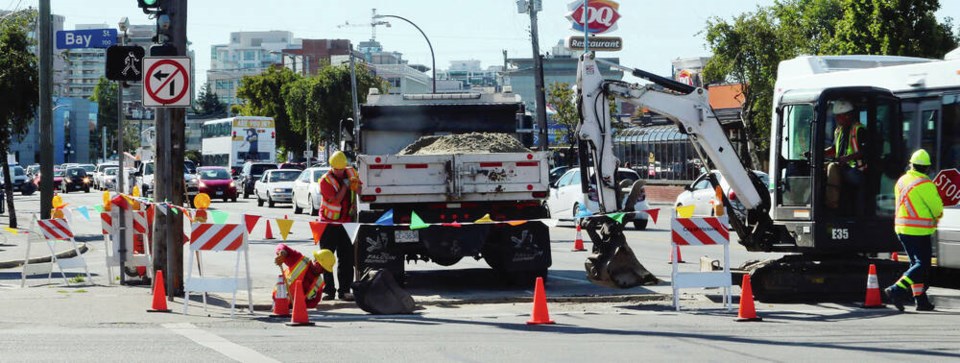Over the years I’ve heard plenty of stories, from both friends and strangers, about collisions they’ve been involved in. I believe that most times the person telling me their story is truly the victim of someone else’s bad driving.
Yet there are times when I’ve still had to cringe about what they’ve told me. Yes, they were the innocent party, but there were a few simple things they could have done to avoid that crash.
A defensive driving posture on the road is the key to avoiding a lot of roadway incidents that we will all face at some point.
The idea of defensive driving is nothing new. It has been a part of road safety training for decades now. In simplest terms, it calls for a proactive attitude behind the wheel rather than a reactive one. Defensive driving is not only minding your own driving space, but minding out for the space and the actions of others on the road around you.
But what I’m talking about is taking that defensive attitude to an even higher level.
A friend told me once he had to take evasive action on the Pat Bay highway, almost losing control, because as he slowly passed a car in the right-hand lane, its driver decided to change into his lane.
He had done nothing wrong. But a little more defensive driving orientation could probably have prevented it.
Avoid travel in another driver’s blindspot. Either stay well behind other cars, even if they’re in that other lane, and if you do pass, don’t linger. It’s called a blind spot for a reason.
It’s not always easy to accomplish that, especially in very heavy traffic, but try to position yourself in the spaces where you can be seen more easily by a driver in the other lane.
Driving straight on through a fresh green light is also, potentially, very dangerous. We’ve all encountered late yellow or red light runners. Slowing down slightly and having a real hard look to the left and right as you enter on the green is a defensive driving technique that can avoid a serious collision.
We’ve all been trained to “watch out for the other guy” but what does that actually mean? It has usually meant that you watch for sudden, unpredictable moves from other cars. That’s fine, but a higher level defensive driver also pays as much attention as possible to the driver inside that other car.
Eye contact is key in these scenarios. That head down person across the intersection might be catching up on the latest Tik-Toks.
This is especially important for pedestrians who might need to cross in front of these drivers or when you come upon another car waiting at a stop sign.
If you can’t make eye contact with another driver or a pedestrian heading towards a crosswalk your caution level should be on “extra high.”
It’s important to mention that one — again — because we seem to live in a region where pedestrians often don’t turn their heads to look, even slightly, before they walk out onto a busy street.
Leave yourself an escape route. I fell into this trap myself a few weeks ago. I blocked an entire intersection for a whole light cycle because I saw, but failed to heed, construction work and flaggers on the far side.. My light was green and traffic was proceeding slowly, but suddenly the flag came up, stopping everyone in front of me. I was dead centre of everything with nowhere to go. What a wonderful feeling.
If I had taken my own advice that day, I would have paid more attention to the construction work happening right in front of me. I shouldn’t have even entered the intersection until I had a clear shot of moving right through it.
The escape route strategy can apply anywhere. City or highway, try to avoid travelling in a pack (as I was doing). Leave as much space possible, not just in front, but beside you as well.
When stopped in traffic, leave enough space behind the car in front of you to manoeuvre away if you have to. Watch a few bad-driving videos on YouTube to see why this can be so important.
Finally, be a predictable driver yourself. Miss a turn? Better to go round the block than cut across two lanes of traffic at the last moment. You’re just asking for it.
Think proactively — not reactively. Overuse your signals to always show your intentions, slow down a little bit and be patient with other drivers. You never know what that other person might be going through out there.



